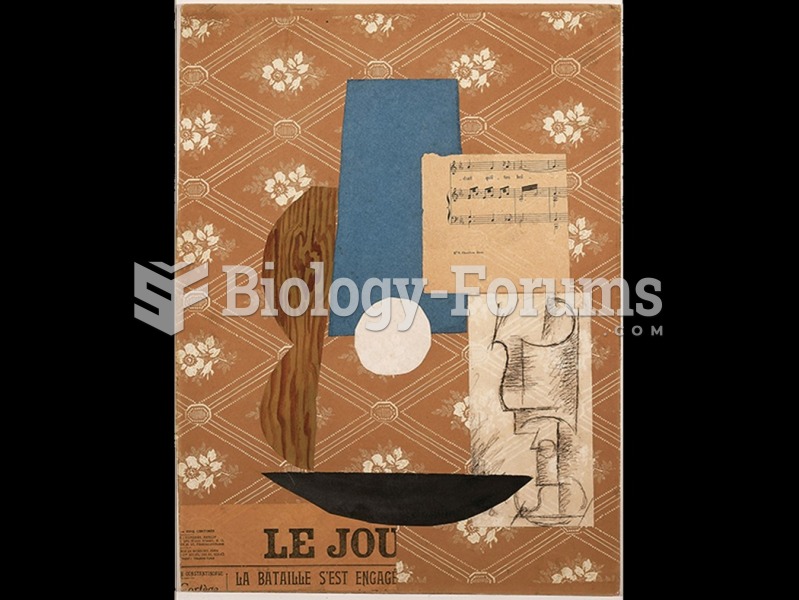Answer to Question 1
Manet's Le Djeuner sur l'herbe was one of thousands of works rejected from the annual Salon in 1863. He wanted to join other artists in painting modern life and prove that modern life could produce eternal subjects worthy of the great masters. He incorporated the iconography from Titian's Fete Champtre and Raphael's Judgment of Paris. The public reacted negatively, perceiving that Manet was making fun of these master works. Manet, like the Realist Courbet, believed that modern life itself was the most suitable subject for modern art, and was associated with that movement. Picasso's painting Les Demoiselles d'Avignon is considered a pivotal work in the development of 20th-century modern art. The entire composition is chopped up into planes, with no conventional modeling, flattening out the entire picture. The presentation of the female subjects with their angular, geometric shapes and primitive mask-like faces caused discomfort to many people, although the painting proved a significant beginning for his artistic journey in developing the movement known as Cubism.
Answer to Question 2
Cassatt was an American ex-patriot artist who became a member of the Impressionist movement after Degas invited her to show with the group. Cassatt offered a woman's viewpoint of modern life and employed bold, simplified forms and broad areas of color, which reflected the influence of Japanese prints. Morisot was a founding member of the Impressionist group and, like Cassatt, depicted the social and private world of modern women. She took up open-air painting and began exhibiting successfully in official Salon, nine of which were in the first Impressionist exhibit. Morisot remained a dedicated member of the group for the rest of her life.







